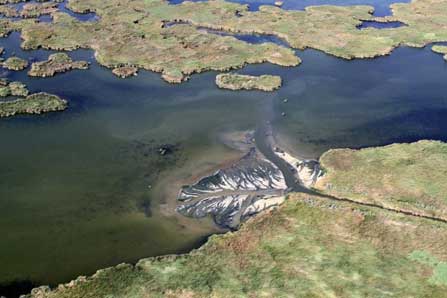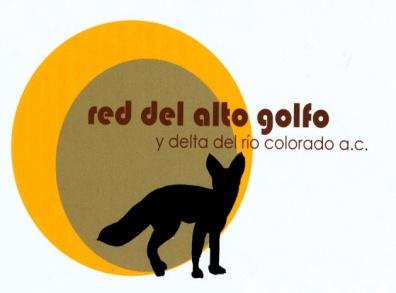City and country await Colorado River water

The flow of the Colorado River from the United States to Mexico makes possible the rich ecosystems that act as shrimp hatcheries and refuges for migratory and other birds (Photo: Bionero via Save the Colorado River Delta, National Geographic Image Collection).
MEXICALI
Citizens from Sonora and Baja California are waiting for the first of the water that will be released from dams in the United States for the ecological restoration and use in the coastal ecosystem and the Colorado River Delta.
For decades, water rarely reached the mouth of the river since it was diverted by canals at the U.S.–Mexico border into irrigation and urban use in Mexicali, Tecate and Tijuana.
But these days, the environmental groups that work on projects to preserve the river’s delta and its wetlands could not be happier. They are waiting for Minute 319 to take effect, under an agreement signed on November 20, 2012 by representatives of the International Boundary and Water Commission (IBWC) of Mexico and the United States, which promises to release enough Colorado River water to reach the delta.
The action will mark an important achievement in the 15-year struggle for environmental groups, scientists and citizens who have pushed for additional river water to be used in ecological initiatives.
The first water released will be as a pulse flow, a timed release from of the dam. Among the goals of the project, the new water flow aims to protect wetlands linked to the delta, as well as projects supporting the recovery of the riparian ecosystemin the bed of the river that serves the agricultural valleys between San Luis Río Colorado and Mexicali.
“The pulse flow is a unique and unprecedented event in the global context,” said Jennifer Pitt director of the Colorado River Project of the Environmental Defense Fund (EDF) and co-president of the binational workgroup that helped negotiate the agreement for the release.

The Red del Alto Golfo de California y Delta del Rio Colorado A.C. is looking to fill the position: Coordinador(a) en el Departamento de Gestión in Puerto Peñasco, Sonora. The application deadline is April 30. Read more here.
Beginning on March 23, the United States and Mexico will send 130 million m³ (or approximately 0.7% of the annual average flow of the Colorado River) towards the delta downstream of the Morelos Dam, located on the Colorado River just south of the U.S.–Mexico border.
The pulse flow will have a peak of 120 m³ per second over a number of days and will last 8 weeks, with a reduction in the flow towards the end of the event.
“The pulse flow is an essential ingredient in the restoration,” said Francisco Zamora Arroyo, director of the Colorado River Delta Legacy Program at Sonoran Institute. “We know that a relatively small quantity of water can make a great difference in the health of the delta region.”
Minute 319 recently received the "Partners in Conservation Award”, granted by the United States Department of the Interior which recognizes achievements in conservation efforts including cooperative activities among a diverse range of organizations.
The Minute, entitled "Interim International Cooperative Measures in the Colorado River Basin Through 2017 and Extension of Minute 318 Cooperative Measures To Address the Continued Effects of the April 2010 Earthquake in the Mexicali Valley, Baja California”, establishes a series of measures for joint cooperation between the two countries related to water storage, management during conditions of low and high storage, salinity, investment in water conservation projects to benefit the two countries, and water for the environment.
As part of minute 319, Colorado River Delta Water Trust will send an additional 65million m³ of water in the next five years as a “base flow”- a small but constant quantity of water that will help to maintain the habitat created by the pulse flow, as well as restoration sites where native trees are to be planted.
“An essential component of the delta restoration activities is the joint work with the communities and water users in the region,” mentioned Yamilett Carrillo, director of the Colorado River Delta Water Trust. “In this process, water allotments for agriculture and urban users will not be affected by the implementation of the pulse flow.”
A coalition of environmental organisms including the EDF, Sonoran Institute, Pronatura West, the nature Conservancy, Redwood Center and the National Fish and Wildlife Foundation kicked off the campaign “Raise the River” to raise the funds necessary for the delta restoration.
“Together, we are hoping to rewrite history to reestablish ecosystems and return some of the river’s natural amenities to local communities long deprived of a healthy environment,” said Pitt “If we can show the long-term benefits of binational cooperation to help water users and the environment, there’s no telling what we can achieve with long-term commitments to sharing water across borders.”